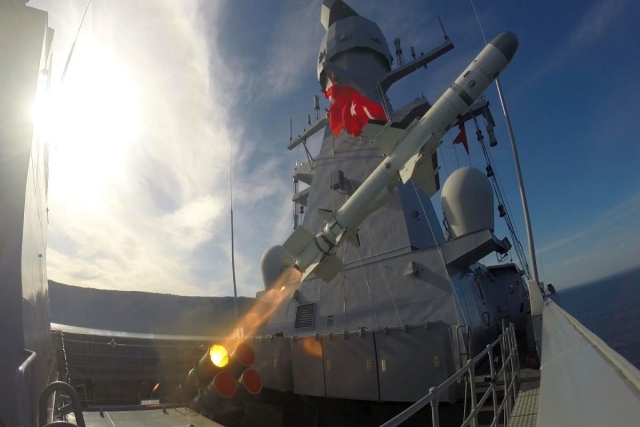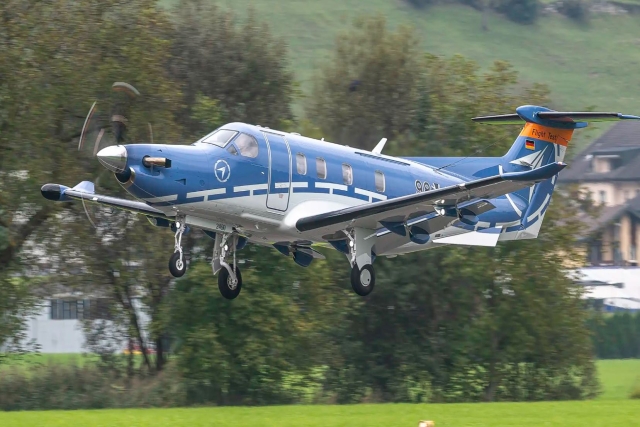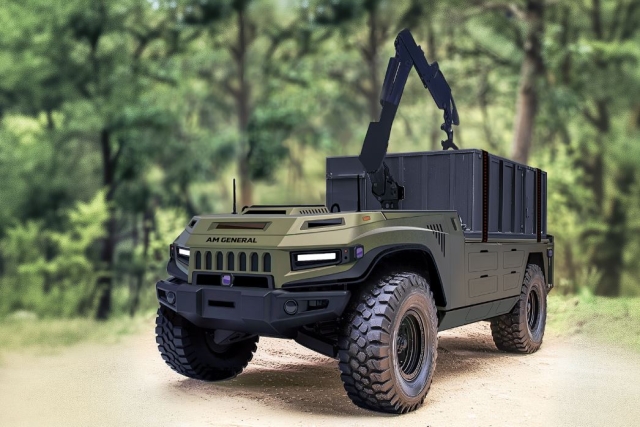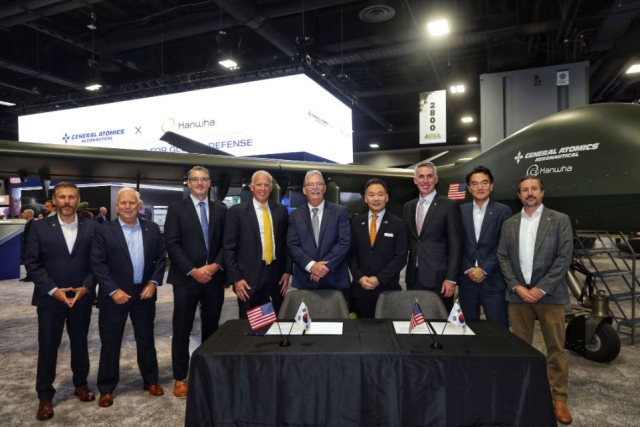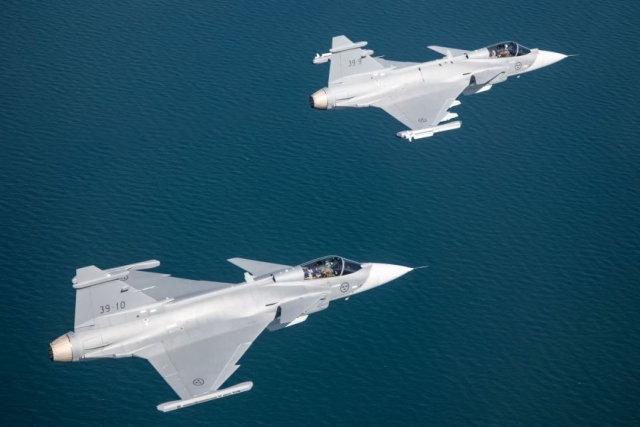Indonesia, Turkey to Jointly Develop Anti-Ship Cruise Missiles
Indonesia’s MoD recently decided to integrate 41 of its warships with 45 units of Turkish ATMACA missiles
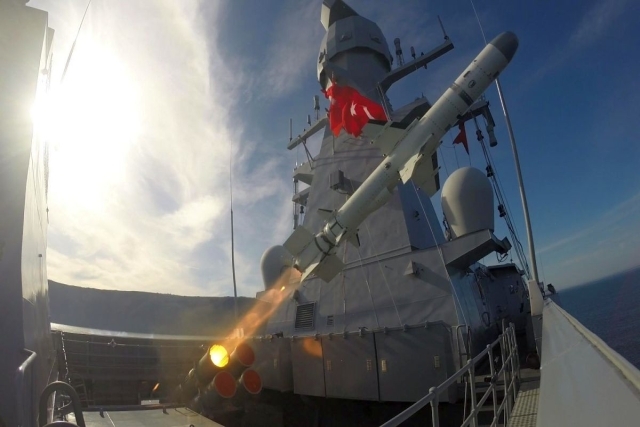
The Chief of Naval Staff (KSAL) Admiral Muhammad Ali has announced a collaborative effort between Indonesia and Turkey to jointly develop domestic anti-ship cruise missiles.
The initiative is a result of a technology transfer agreement tied to the purchase of 45 Atmaca missile units from the Turkish company Roketsan, as per Indonesia Defense.
The partnership aims to involve Indonesia's domestic defense industry in the production of anti-ship cruise missiles, leveraging local components to create a self-sufficient national missile system. Admiral Muhammad Ali emphasized that while discussions are ongoing, Turkey expresses its willingness to collaborate on the development of missiles with locally-sourced components, potentially leading to the creation of national missiles.
The contract for the procurement of 45 Atmaca missile units has been awarded to local defense company PT Republik Defensindo, acting as the sales agent for the initial batch. Beyond the missile units, the contract includes launcher units and supporting terminals for deployment on various Indonesian Navy vessels, such as Fatahillah class corvettes, Parchim class corvettes, and FPB-57 Fast Missile Ships (KCR). Additionally, the Atmaca missile is planned for integration into the Offshore Patrol Vessel (OPV) 90, currently under development by PT Daya Radar Utama (DRU).
Admiral Ali explained, "There are 41 Atmaca missile-equipped ships planned for refurbishment in stages. However, the implementation will be a careful process, involving research and analysis to determine which warships can be equipped with Atmaca missiles."
The Atmaca missile, made in Turkey, boasts impressive features, including subsonic speeds at Mach 0.85 and sea-skimming altitude. Propelled by the Safran TR40 microturbo engine, the missile has a range of up to 200 kilometers and a weight of 800 kilograms, carrying a 250-kilogram high-explosive penetrating warhead. The missile's dimensions include a length of approximately 5.2 meters, a diameter of 350 mm, and a wingspan width of 1.4 meters. It relies on a combination of an inertial navigation system, GPS (Global Positioning System), barometric altimeter or radar altimeter, and terminal guidance through an active radio frequency (RF) seeker.
